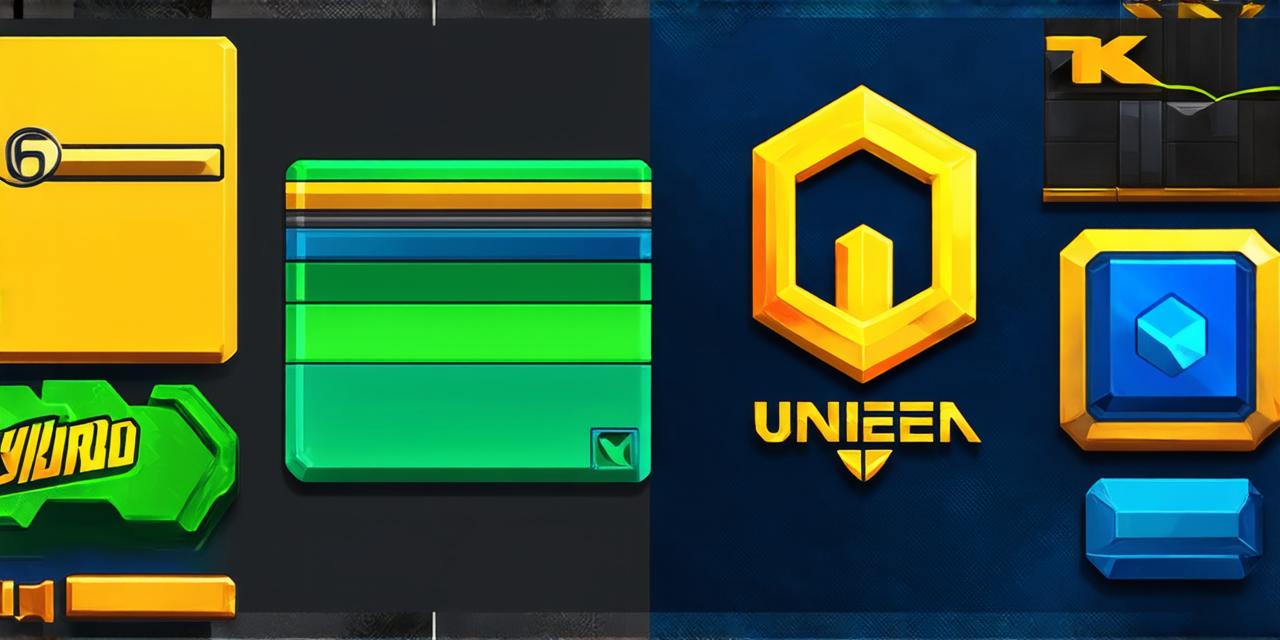What is Unreal Engine?
Unreal Engine is a powerful game engine that was first released in 1998 by Epic Games. It is widely used for creating 3D games, virtual reality (VR), and augmented reality (AR) applications. Unreal Engine has a strong graphics rendering engine and supports multiple programming languages, including C++, Blueprints, and Python.
Is Unreal Engine Suitable for 2D Game Development?

While Unreal Engine was primarily designed for 3D game development, it can also be used for 2D game development. In fact, Epic Games has been working on improving the performance and functionality of Unreal Engine for 2D game development, making it more accessible to developers who want to create 2D games.
Benefits of Using Unreal Engine for 2D Game Development
1. Powerful Graphics Rendering Engine
One of the main benefits of using Unreal Engine for 2D game development is its powerful graphics rendering engine. Unreal Engine uses a high-performance GPU to render graphics, making it ideal for creating games with complex visual effects and animations. This can be especially useful in mobile gaming, where the device’s hardware capabilities may be limited.
2. Support for Multiple Programming Languages
Unreal Engine supports multiple programming languages, including C++, Blueprints, and Python. This makes it easier for developers who are not familiar with C++ to create games using Unreal Engine. Additionally, the use of Blueprints allows developers to create games without writing any code, making it a great option for beginners or those who prefer a more visual approach to development.
3. Community Support and Resources
Unreal Engine has a large and active community of developers who contribute to the engine’s development and provide resources such as tutorials, plugins, and assets. This can be especially useful for 2D game development, where there may not be as many resources available compared to 3D game development.
Drawbacks of Using Unreal Engine for 2D Game Development
1. Learning Curve
Unreal Engine has a steep learning curve, particularly when it comes to using its advanced features and functionalities. This can be especially challenging for developers who are not familiar with the engine or game development in general.
2. Performance Issues on Lower-End Devices
While Unreal Engine’s graphics rendering capabilities make it ideal for creating visually stunning games, this can also result in performance issues on lower-end devices. This may not be a major concern for high-end mobile or PC games, but it can be an issue for games designed for lower-end platforms.
3. Compatibility Issues with Some Platforms or Devices
Unreal Engine is primarily designed for Windows and macOS platforms, which may limit its compatibility with some devices or platforms. Additionally, the engine may not be as well-suited for web-based games or mobile games that require specific performance requirements.
Real-Life Examples of Unreal Engine in 2D Game Development
1. “The Last Door” by Annapurna Interactive
Annapurna Interactive used Unreal Engine to create “The Last Door,” a popular adventure game with beautiful 2D graphics and complex gameplay mechanics. The game’s success demonstrates that Unreal Engine can be used effectively for 2D game development, even in the face of some performance issues on lower-end devices.
2. “Overwatch” by Blizzard Entertainment
Blizzard Entertainment used Unreal Engine to create “Overwatch,” a popular multiplayer first-person shooter with stunning 3D graphics and complex gameplay mechanics. While not strictly a 2D game, the engine’s ability to render complex 3D environments can be applied to 2D games as well.
3. “Sonic Mania” by SEGA
SEGA used Unreal Engine to create “Sonic Mania,” a popular platformer game that showcases the engine’s ability to handle fast-paced action and complex 2D graphics. The game’s success demonstrates that Unreal Engine can be a viable option for developers looking to create engaging and visually stunning 2D games.
FAQs
1. Is it possible to use Unreal Engine for creating 2D games?
Yes, Unreal Engine can be used for creating 2D games. In fact, Epic Games has been working on improving the performance and functionality of Unreal Engine for 2D game development.
2. What are the benefits of using Unreal Engine for 2D game development?
The benefits of using Unreal Engine for 2D game development include its powerful graphics rendering engine, support for multiple programming languages, and community support and resources.
3. What are the drawbacks of using Unreal Engine for 2D game development?
The drawbacks of using Unreal Engine for 2D game development include its steep learning curve, performance issues on lower-end devices, and compatibility issues with some platforms or devices.
Conclusion
Unreal Engine may not be the most obvious choice for 2D game development, but it is certainly possible to use it for this purpose. Its powerful graphics rendering engine, support for multiple programming languages, and community support and resources can make it an attractive option for developers who want to create engaging and visually stunning 2D games. However, developers should also be aware of the potential drawbacks, such as its steep learning curve and compatibility issues with some platforms or devices, when considering using Unreal Engine for 2D game development. Ultimately, the decision to use Unreal Engine for 2D game development will depend on the specific needs and requirements of the project at hand.
